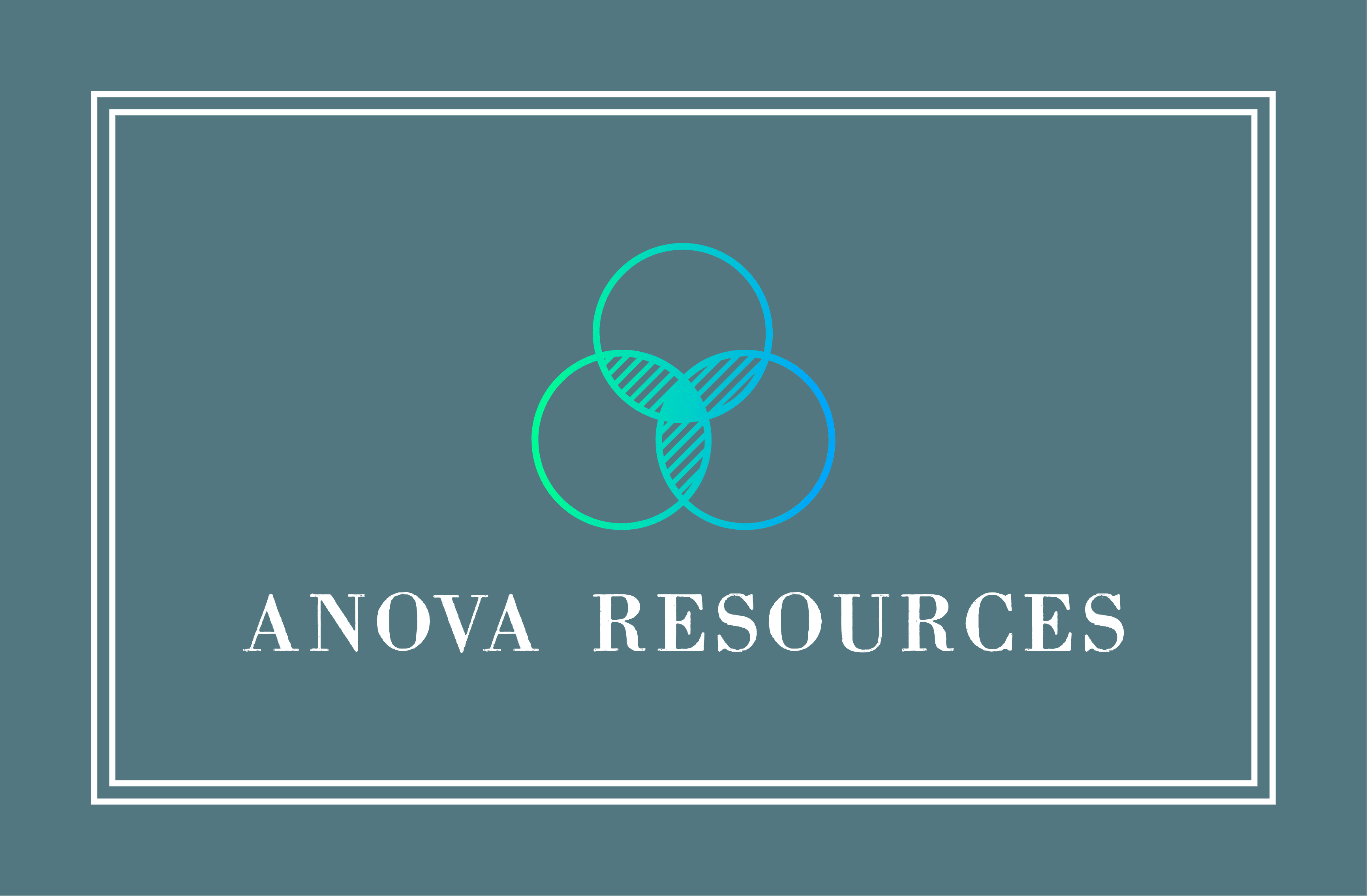
From New Hire to High Performer: 30-60-90 Day Plans That Work

Posted August 4, 2025
Bringing on a new team member is exciting—but if we’re honest, it’s also a little nerve-wracking. You want them to succeed, feel supported, and contribute meaningfully. That’s where a structured 30-60-90 day onboarding plan comes in. It ensures clarity, connection, and a sense of direction—for both the new hire and their manager.
In this post, I’m using the example of a Program Coordinator, a role that blends administrative work with community engagement. It’s a great illustration because it requires both behind-the-scenes organizational skills and forward-facing communication. This dual focus makes it the perfect example for planning hands-on, progressive onboarding that includes shadowing, guided practice, and independent ownership.
Why a 30-60-90 Day Plan Matters
A 30-60-90 day plan outlines clear, phased goals for a new employee’s first three months. It sets expectations early, ensures accountability, and gives the employee a roadmap for growth. For managers, it also helps track progress and determine if additional support is needed during a critical learning window.
In many organizations, the first 90 days also serve as a formal introductory period (formerly known as “probationary” period). Having a plan in place allows for structured conversations about what’s working, what’s not, and how to set the employee up for long-term success – before the 90 days expires.
30 Days: Observe, Learn & Build Relationships
Goals:
- Complete onboarding paperwork and review/sign the employee handbook
- Review/sign internal job description and review duties and goals
- Get oriented to the mission, programs, and people
- Begin to shadow key tasks and understand workflows
- Start to build rapport with colleagues and partners
Examples for a Program Coordinator:
- Attend a training on the HRIS system, including payroll and time-off procedures
- Shadow another staff member during a community event
- Observe how monthly departmental reports are created and submitted (even if they are not personally involved with creating the reports)
- Learn how to use the CRM system by sitting with the admin assistant
- Conduct an audit or cleanup of the CRM/client data – to begin practicing with the data and to see and fully understand the core components
- Attend internal staff meetings and external partner/client check-ins
- Review past program evaluations to understand what’s worked and what could be improved
Manager Tips:
- Begin reviewing the job description and the 30-60-90 day plan with the new hire so they can ask questions early
- Schedule daily check-ins for the first two weeks, then transition to weekly one-on-ones
- Make sure they understand the purpose of these meetings – such as presenting an update of projects/tasks and asking questions
- Be available for ad-hoc questions and check in on their engagement and comfort level
- Have a structured way of explaining the company mission and culture and setup meetings and training sessions
60 Days: Begin Mastering Daily Tasks and Relationships
Goals:
- Begin handling routine tasks with light oversight
- Participate in planning and executing small projects
- Take ownership of specific responsibilities while continuing to learn
- Deepen understanding of organizational goals and how their role fits in
- Fully learn the current systems and processes before making suggestions for change
Examples for a Program Coordinator:
- Draft email communications for an upcoming workshop
- Create an event flyer and send it for manager feedback
- Submit the monthly program attendance report independently
- Set up a meeting with a partner agency to learn about collaboration opportunities
- Create a survey to gauge member feedback from an event
Manager Tips:
- Provide frequent feedback, both positive and constructive
- Encourage questions and offer guidance, but also give space for ownership
- Check in on their workload and confidence level
- When possible, allow space for new ideas and new ways of handling tasks
90 Days: Take the Lead
Goals:
- Manage day-to-day responsibilities independently
- Propose process improvements or creative ideas
- Demonstrate initiative and reliability
- Begin setting longer-term goals
Examples for a Program Coordinator:
- Plan and lead their first full program event
- Develop a quarterly outreach strategy
- Meet with leadership to present ideas for improving client engagement
- Start mentoring new volunteers or interns
Manager Tips:
- Hold a formal 90-day review, before the introductory period expires, with a two-way conversation:
- Is the job what they expected?
- Do they have the tools and resources they need?
- Are there any outstanding questions or challenges?
- Offer feedback on strengths and growth areas – and explain clearly if they have passed the introductory period, or if it needs to be extended for any reason
- Celebrate wins and establish quarterly or annual goals moving forward
Final Thoughts
A solid 30-60-90 day plan helps new hires thrive—and it also creates accountability for managers. It prevents “sink or swim” onboarding and fosters clarity, confidence, and connection.
Even better? It shows your new employee that you care about their growth from Day 1.
Need help creating a custom onboarding plan for your team? Let’s talk. www.anovaresources.com
Let’s Connect
Whether you have questions or want to explore customized support, our team is ready to listen and provide actionable insights. Submit your details, and we’ll get back to you promptly.
Contact Us
Office location
1216 S Missouri Ave, Clearwater, Florida